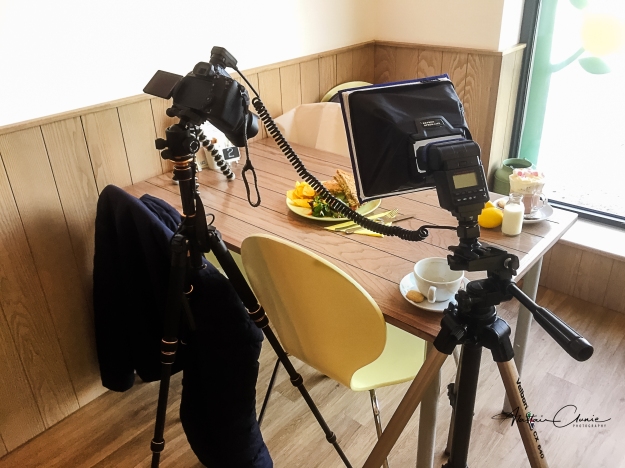The trouble with landscape photography is getting just the right conditions which requires both planning and patience. Sometimes though, there just isn’t enough time left for the conditions to improve so you need to improvise a little or leave empty-handed.

Tomnaverie Stone Circle
It was a grey, heavily overcast, drizzly evening when I visited Tomnaverie Stone Circle near Tarland in Aberdeenshire. The light was heavily diffused and refusing to do anything remotely interesting, making everything boring and flat when I’d hoped for the better conditions that had been forecast. My plan had been to build a composition that included the stone circle as a foreground with Lochnagar in the background. On this occasion, however, Lochnagar was not even visible in the low cloud. As I don’t like to leave empty-handed I scouted around for some other shooting opportunities.
By way of context, Tomnaverie is what’s called a recumbent stone circle as it features a large stone lying flat which is flanked by a pair of uprights. This type of stone circle is peculiar to north-east Scotland and typically the recumbent stone is on the south/south-west of the circle. The obvious shot would be to feature the recumbent stone, but as I walked round the circle my eye was taken by the cloud hanging low over a distant hilltop. I thought it might make for a dramatic scene with the low cloud cover leading over the stone circle towards the hill and the setting sun was casting some light into the scene. The difficulty in getting this shot was always going to be the exposure. I needed to feature the clouds but not lose the foreground of the stones and there was just too much of a difference in exposure between the sky and the land. What this was going to need was an HDR composite.
If you’re not sure what HDR is, it simply stands for High Dynamic Range and is achieved by shooting the same scene at different exposure settings, then blending them in post to achieve an HDR composite in which all elements are correctly exposed. It’s getting closer to how the eye sees the scene and the wonder of our eyesight is that it compensates beautifully (and automatically) for different brightnesses; something cameras just can’t do. There are some key points to keep in mind when shooting for an HDR:
- use a good sturdy tripod. It’s so important that the camera doesn’t move at all between shots
- settle on the aperture setting and ISO you want and only alter the shutter speed from shot to shot. This means you keep the depth of field and grain (“noise” for you digital freaks) consistent
- use either a cable release or the short timer on camera to minimise any other source of shake
I opted for an ISO of 100 (to minimise grain) and an aperture of f11. Here are the three different exposures I took from which I created the final HDR image.
Using Lightroom, I first made lens corrections for each image then selecting all three asked Lightroom to merge them into an HDR. That’s an automated process and it does a pretty good job, but it still needed some more work to get the final kind of effect I was looking for. I made a slight cropping adjustment to change the format to 16×9 which I felt was more suited to the composition. I also applied a gradient filter to make some fine tuning adjustments to the cloudscape.
In the final image (top) the recumbent stone with the twin uprights can be seen in the middle-ground just left of centre.
If you found this interesting or useful, please encourage me by hitting “like”, maybe even leave a comment and sign-up for notifications when I post.
Remember you can follow me on Instagram and find me on Facebook too.
I also sell prints on my website and sales allow me to keep doing what I do.
Thank you for your interest.






